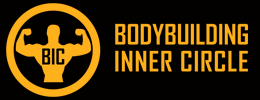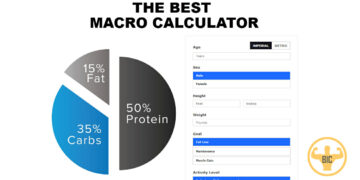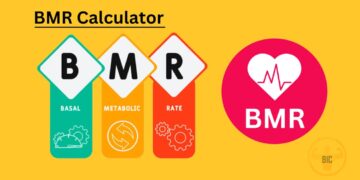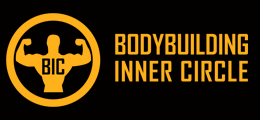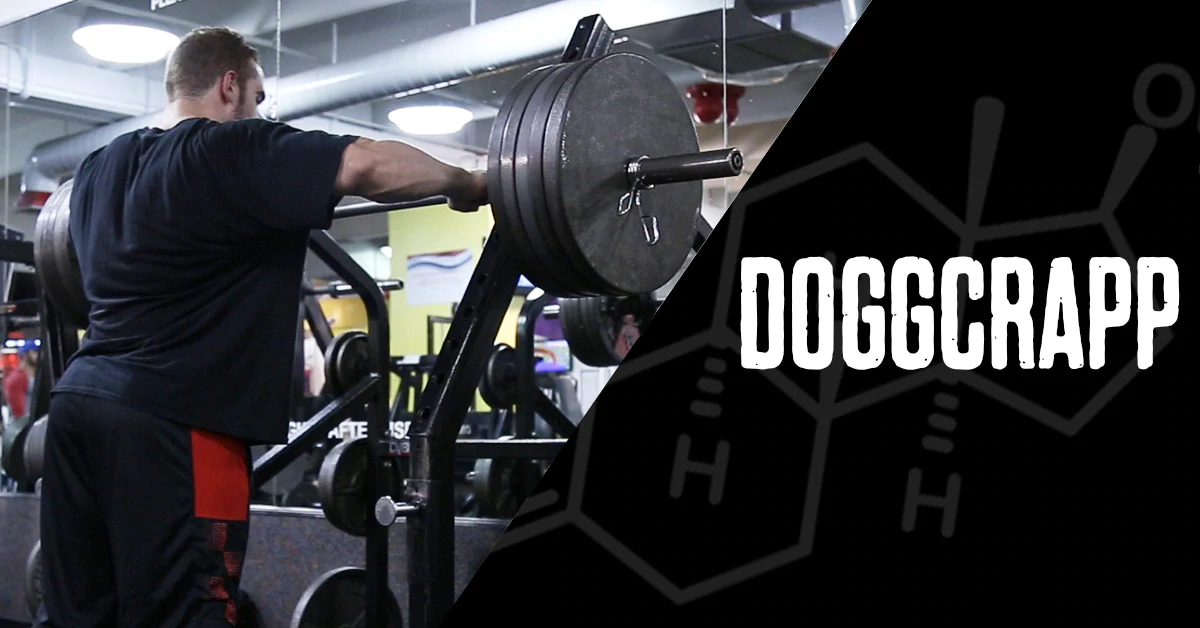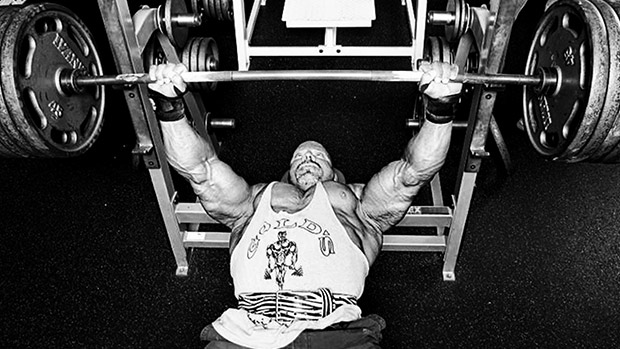In bodybuilding, building muscle mass is a key goal for many individuals. A structured and effective strength training program is essential to achieve significant muscle hypertrophy. This article will provide a comprehensive guide on designing a strength training program specifically tailored for muscle hypertrophy in bodybuilding. Whether you are a beginner or an experienced lifter looking to maximize your gains, this article will equip you with the knowledge to sculpt your physique and reach your bodybuilding goals.
IntroductionThis article will explore the fundamentals of a strength training program designed specifically to promote muscle hypertrophy in bodybuilding. We will delve into the key principles, exercise selection, training volume, progressive overload, nutrition, and more. Following these guidelines can optimize your workouts and achieve remarkable muscle growth.
Understanding Muscle Hypertrophy
Muscle hypertrophy refers to increasing the size and volume of muscle fibers. It occurs in response to progressive resistance training, where the muscle fibers undergo damage and subsequent repair and growth. By following a structured strength training program, you can stimulate muscle hypertrophy and enhance your muscular development.
Importance of Strength Training
Strength training forms the foundation of any muscle hypertrophy program. You create the necessary stimulus for muscle growth by engaging in resistance exercises. Moreover, strength training enhances bone density, improves joint stability, and boosts metabolism, leading to many health benefits.

Key Principles for a Muscle Hypertrophy Program
When designing a muscle hypertrophy program, it is crucial to consider the following key principles:
Progressive Overload
Progressive overload is the gradual increase in the demands placed on the muscles over time. This can be achieved by increasing your workout’s resistance, volume, or intensity. By consistently challenging your muscles, you force them to adapt and grow.
Exercise Selection
Choosing the right exercises is vital for targeting specific muscle groups and maximizing hypertrophy. Compound exercises such as squats, deadlifts, bench presses, and overhead presses are highly effective for overall muscle development.
Repetition Ranges and Training Volume
It is recommended to perform 8-12 repetitions per set to promote muscle hypertrophy. This rep range optimally stimulates muscle growth. Additionally, incorporating adequate training volume, which refers to the total work performed, is crucial for hypertrophy.
Rest and Recovery
Allowing sufficient rest and recovery between workouts is essential for muscle growth. Adequate sleep, proper nutrition, and active recovery techniques like stretching and foam rolling help optimize recovery and prevent overtraining.
Nutrition for Muscle Hypertrophy
Proper nutrition plays a significant role in muscle hypertrophy. A balanced diet rich in protein, carbohydrates, and healthy fats provides the necessary fuel for muscle growth and repair. Adequate calorie intake and proper hydration are also crucial.

Designing Your Strength Training Program
Now that we have covered the key principles let’s outline a sample strength training program for muscle hypertrophy:
Day 1 – Upper Body Workout
Barbell Bench Press: 3 sets of 10 reps
Bent-Over Rows: 3 sets of 10 reps
Shoulder Press: 3 sets of 10 reps
Dumbbell Bicep Curls: 3 sets of 12 reps
Tricep Dips: 3 sets of 12 reps
Day 2 – Lower Body Workout
Squats: 3 sets of 10 reps
Romanian Deadlifts: 3 sets of 10 reps
Leg Press: 3 sets of 12 reps
Calf Raises: 3 sets of 15 reps
Plank: 3 sets of 30 seconds
Day 3 – Rest
Rest and allow your muscles to recover.
Day 4 – Upper Body Workout
Incline Dumbbell Press: 3 sets of 10 reps
Pull-Ups: 3 sets of 10 reps
Arnold Press: 3 sets of 10 reps
Hammer Curls: 3 sets of 12 reps
Skull Crushers: 3 sets of 12 reps
Day 5 – Lower Body Workout
Deadlifts: 3 sets of 10 reps
Lunges: 3 sets of 10 reps per leg
Leg Extensions: 3 sets of 12 reps
Seated Calf Raises: 3 sets of 15 reps
Russian Twists: 3 sets of 12 reps per side
Day 6-7 – Rest
Take two consecutive rest days to allow for complete recovery.
Conclusion
A well-structured strength training program is essential for achieving muscle hypertrophy in bodybuilding. You can optimize your results by understanding the principles of progressive overload, exercise selection, repetition ranges, training volume, rest and recovery, and proper nutrition. Remember to track your progress, make necessary adjustments, and prioritize safety to prevent injuries. Stay consistent, stay dedicated, and watch your muscles grow!
RECOMMENDED PROGRAMS:
Our most recommended programs for individuals interested in adding muscle FAST are included in the following links.
FAQs (Frequently Asked Questions)
Q1: How often should I perform this strength training program?
A: It is recommended to perform this program 3-4 times per week, with rest days in between.
Q2: Can women follow this muscle hypertrophy program?
A: Absolutely! This program suits both men and women looking to build muscle mass.
Q3: Should I lift heavy weights to promote muscle hypertrophy?
A: Lifting weights that challenge your muscles within the recommended repetition range is more important than solely focusing on heavy weights.
Q4: How long does it take to see results?
A: Results vary depending on genetics, diet, and consistency. With dedicated effort and time, visible results can be expected within a few months.
Q5: Is cardio necessary for muscle hypertrophy?
A: While cardiovascular exercise benefits, excessive cardio can interfere with muscle growth. Focus on incorporating moderate cardio sessions to maintain overall fitness without compromising muscle gains.
